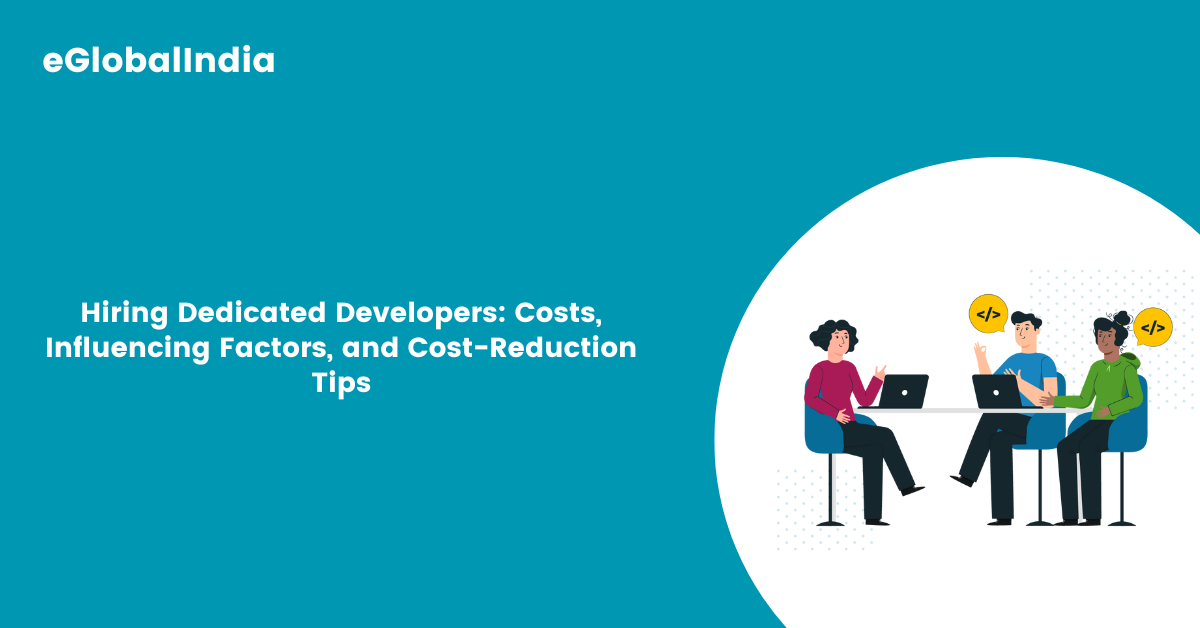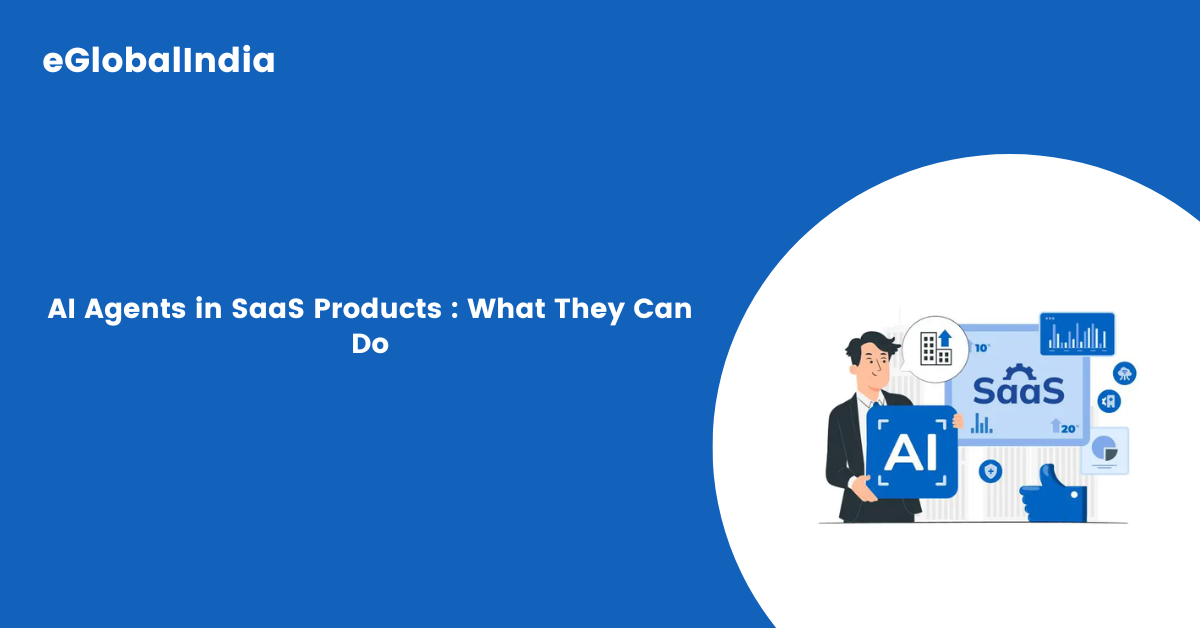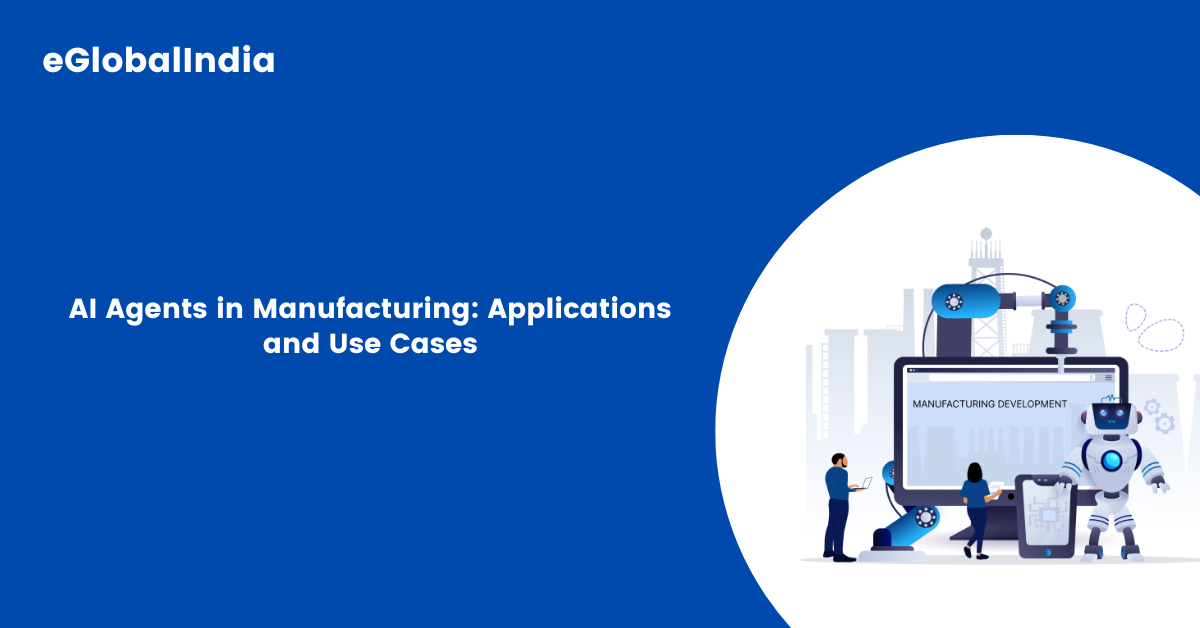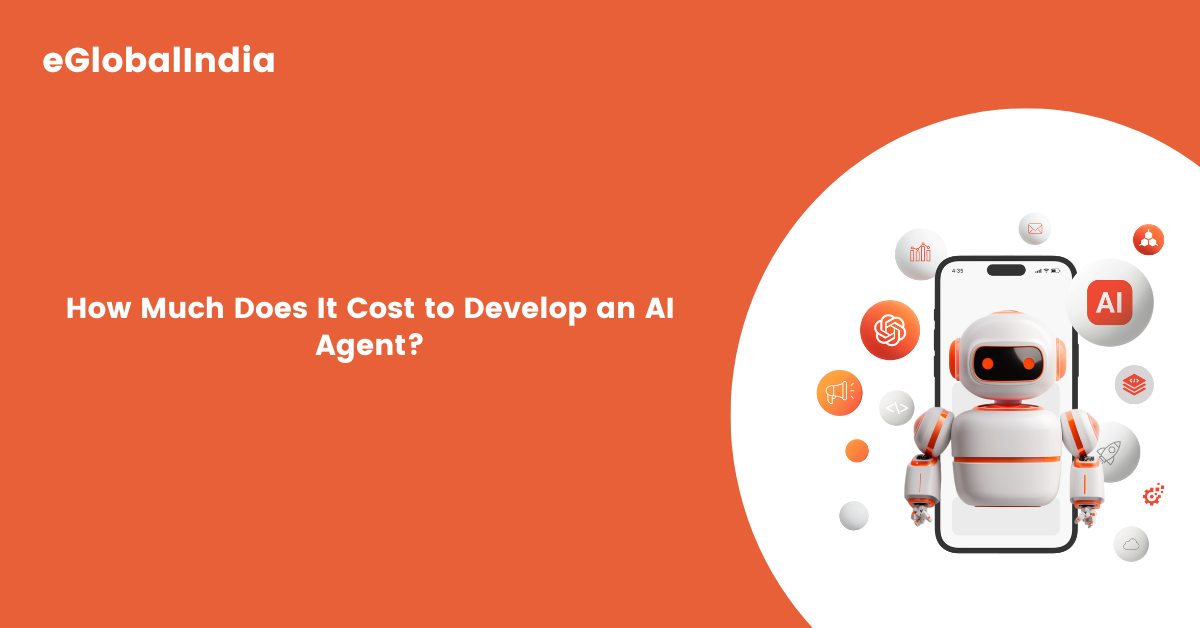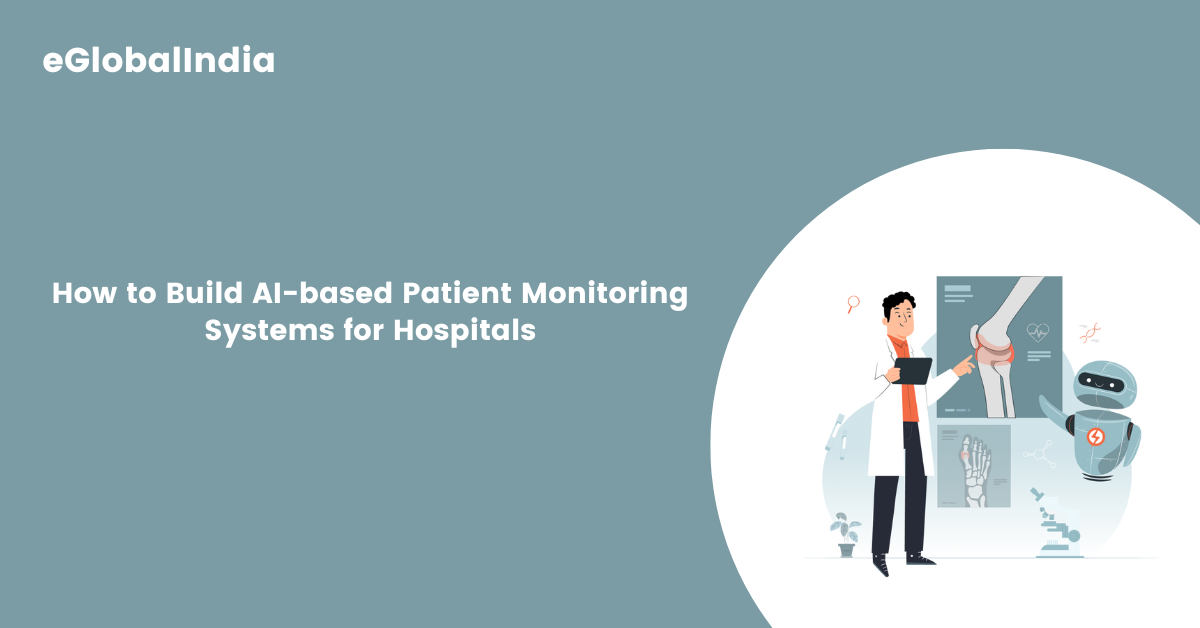Software projects are critical to the success of modern businesses, influencing everything from customer experiences to internal operations. Whether it’s a mobile app, an enterprise platform, or a cloud-based solution, software initiatives drive efficiency, innovation, and competitiveness. However, despite careful planning and good intentions, many software projects encounter serious challenges. Common issues include missed deadlines, budget overruns, lack of clear communication, shifting requirements, and subpar quality. These problems can quickly spiral into project failure, resulting in unhappy clients, lost revenue, and damaged reputations.
When a software project veers off course, it doesn’t always mean it’s beyond saving. This is where software project rescue comes in a structured approach to diagnosing issues, addressing core problems, and steering the project back toward success. Rescue efforts may involve redefining goals, reorganizing teams, improving development processes, or integrating better tools and technologies.
In this article, we will explore the primary reasons software projects fail, how to spot early warning signs, and the key steps involved in rescuing a troubled project. By following proven methodologies and leveraging the right expertise, businesses can turn around failing software initiatives and set them up for long-term success and sustainability.
Why Software Projects Fail
To successfully rescue a struggling software project, it’s essential to first understand the reasons behind its failure. Many software projects don’t fail because of a single mistake but due to a combination of missteps and overlooked challenges. Identifying these root causes is the first step toward getting a project back on track. Here are the most common reasons software projects fail:
1. Lack of Clear Goals and Objectives
One of the primary reasons software projects go off track is the absence of clearly defined goals and objectives. When stakeholders and development teams are not aligned on what the project aims to achieve, confusion is inevitable. A vague or constantly changing scope can result in misaligned deliverables, unnecessary features, and wasted effort. Without a well-defined project roadmap including specific goals, timelines, and measurable outcomes it becomes difficult to measure progress or success. This often leads to frustration, rework, and ultimately, project failure.
2. Poor Project Planning
Even with a great idea and capable team, a project can fail without effective planning. Poor planning results in unrealistic timelines, misallocated budgets, and unassigned responsibilities. Often, teams dive straight into development without taking the time to identify potential risks, set priorities, or map out workflows. Good planning should also involve stakeholder input, detailed scheduling, risk mitigation strategies, and resource forecasting. When these elements are missing, delays, cost overruns, and under-delivered features are common outcomes.
3. Inadequate Resources and Expertise
A lack of skilled professionals or insufficient support is another major factor in software project failures. This includes everything from underqualified developers and overwhelmed project managers to the absence of vital tools and infrastructure. Software development is a complex, resource-intensive process that requires technical expertise, strategic leadership, and the right development environment. Projects that lack access to qualified personnel, modern tools, or efficient methodologies often fail to meet expectations, both in terms of quality and timelines.
4. Scope Creep
Scope creep refers to the uncontrolled expansion of a project’s requirements beyond its original boundaries. This often occurs when stakeholders request additional features during the development process without adjusting timelines or budgets accordingly. While trying to accommodate every new request may seem like good customer service, it often puts unnecessary pressure on the team. The result is a delayed, over-complicated product that may not deliver on its core objectives. Effective change management and prioritization are crucial to avoid this pitfall.
5. Communication Breakdowns
Effective and consistent communication is a cornerstone of successful project execution. Misunderstandings between team members, clients, or other stakeholders can cause delays, redundant work, and missed expectations. Whether it’s failing to communicate changes in requirements or neglecting regular status updates, poor communication can create confusion and erode trust. Establishing clear channels for communication, setting regular check-ins, and using collaborative tools can dramatically improve team coordination and project visibility.
6. Technological Issues
Selecting the wrong technology stack, using outdated platforms, or facing integration issues can cripple a software project. Sometimes, the chosen technology does not align with the project’s requirements, resulting in performance bottlenecks, compatibility problems, or scalability issues. Technical debt from rushed development or poor architecture decisions can also lead to long-term instability. Ensuring a strong technical foundation from the start and staying adaptable when issues arise is vital for project success.
What is a Software Project Rescue?
A software project rescue refers to the process of saving a struggling or failing project by identifying the underlying issues and addressing them to get the project back on track. A rescue typically involves several steps, from revisiting goals and adjusting timelines to re-establishing communication channels and potentially refactoring the codebase.
Key Elements of a Project Rescue:
- Diagnosis: Understanding the root causes of the failure is the first step. Whether it’s poor management, inadequate planning, or technical debt, identifying the core issues will help in finding solutions.
- Re-establishing Clear Goals: Often, a rescue begins with a review of the project’s objectives. What was the original vision, and what has changed? Re-aligning the team and stakeholders on a clear path forward is crucial.
- Resource Allocation: During a rescue, resources—such as time, budget, and team members—are reassessed to ensure they are being used effectively. This might involve hiring external consultants or developers with the right skills.
- Code Refactoring: In cases where technical issues are to blame, part of the rescue process may involve rewriting or refactoring the code to make it more maintainable and scalable.
- Management and Communication: Restoring trust and improving communication among the stakeholders, development team, and project managers is critical for the success of the rescue. Transparency and regular updates are key to keeping everyone aligned.
Signs Your Software Project Needs a Rescue
Before jumping into the rescue process, it’s important to recognize the warning signs that indicate a project is in trouble. Here are some clear signals that your software project may need rescuing:
1. Missed Deadlines
If your project consistently fails to meet deadlines, it’s a sign that there may be issues with project planning, resource allocation, or team performance. Missed deadlines can cascade, delaying the overall completion and causing frustration for both clients and developers.
2. Over-Budget Projects
A project that consistently exceeds its budget without delivering significant progress or value may need immediate attention. Budget overruns can often be attributed to poor planning, scope creep, or inefficient use of resources.
3. Low Morale
When a project is heading in the wrong direction, it can lead to frustration and low morale within the team. Developers may start to disengage, leading to higher turnover, a lack of productivity, and a general feeling of hopelessness around the project.
4. Lack of Stakeholder Engagement
If stakeholders are no longer engaged, or if there is no clear feedback loop, the project may lack direction. Regular communication with key stakeholders is essential to ensure the project is on track and delivering value.
5. Quality Failures
If the software is frequently encountering bugs, security vulnerabilities, or performance issues, it’s a clear indication that the project needs a review. This could indicate poor development practices, outdated tools, or a lack of testing.
Steps to Rescue a Failing Software Project
Once you recognize that a project needs rescuing, it’s time to take action. Here’s a step-by-step guide to help you rescue your failing software project:
Step 1: Diagnose the Problems
A successful rescue starts with understanding the root cause of the issues. Analyze the project from multiple angles:
- Project Management: Is the project management process sound? Are timelines realistic, and are resources adequately allocated?
- Technical Debt: Is there outdated code or technical debt that needs to be addressed?
- Team Dynamics: Are there communication or interpersonal issues affecting performance?
This diagnostic phase may involve interviews with stakeholders, developers, and project managers to understand the key challenges.
Step 2: Re-establish Clear Goals and Expectations
Once the issues are identified, revisit the project’s goals. Are they still relevant, or have they changed since the project began? It’s essential to get everyone—especially stakeholders—on the same page regarding what the project is meant to achieve.
Step 3: Revise the Project Plan
After aligning goals, update the project plan. This involves revising timelines, adjusting budgets, and reprioritizing tasks. If scope creep has occurred, you may need to cut features or delay certain deliverables until after the project is back on track.
Step 4: Enhance Communication and Collaboration
Clear communication is crucial to successful software project rescues. Set up regular meetings to update all parties on progress and changes. Implement collaboration tools, like Slack, Jira, or Trello, to streamline communication.
Step 5: Apply the Right Technical Solutions
In some cases, technical debt or inadequate tools may be the root of the problem. During a rescue, you may need to refactor the codebase, adopt new technologies, or implement automated testing to improve software quality and performance.
Step 6: Monitor Progress and Adjust
A rescue isn’t complete once the project is back on track—it’s important to continue monitoring progress regularly. Use agile practices to break the project into manageable sprints, allowing for ongoing assessment and adjustments as needed.
Best Practices to Prevent Software Project Failures
Software projects play a pivotal role in business success. Whether it’s developing a customer-facing app or an internal platform, the stakes are high and so are the risks. While some challenges are unavoidable, many project failures can be prevented through proactive planning, smart management, and the use of industry best practices. Implementing the right strategies from the beginning can significantly reduce the likelihood of delays, budget overruns, or unmet expectations. Below are some essential best practices to help prevent software project failures and ensure smooth delivery.
1. Set Realistic Goals and Deadlines
One of the most common reasons for project failure is the setting of unrealistic expectations. Often, teams commit to overly ambitious goals or tight deadlines that do not reflect the project’s complexity or available resources. It’s crucial to define clear, measurable, and achievable objectives from the start. Break down large goals into smaller milestones, each with its own timeline and deliverables. Involving technical leads and developers in the estimation process can help ensure timelines are practical and based on actual development capacity.
2. Involve Stakeholders Early and Consistently
A project’s success depends heavily on clear communication and alignment with all key stakeholders, including clients, users, and internal departments. Engage stakeholders early during the planning phase to gather input, clarify expectations, and build a shared vision. Continue involving them throughout the development process with regular updates, demos, and feedback sessions. This ongoing involvement ensures that the project stays aligned with business needs and reduces the risk of costly misunderstandings later.
3. Conduct Thorough Requirements Gathering
Many software projects fail simply because the requirements were incomplete, vague, or constantly changing. Before development begins, take the time to gather and document detailed requirements through interviews, workshops, and user research. Clarify what features are essential, what problems the software is solving, and what success looks like. Use tools like user stories, personas, and use-case diagrams to validate requirements. Importantly, requirements should not be static—schedule periodic reviews to adjust them as the project evolves.
4. Embrace Agile Methodology
Traditional project management approaches often lack the flexibility needed for software development. Agile methodologies such as Scrum and Kanban offer an adaptive, iterative framework that allows teams to respond quickly to changes. Agile emphasizes collaboration, continuous delivery, and customer feedback, making it easier to detect and correct issues early. Agile teams work in sprints, delivering working software in short cycles, which promotes visibility and reduces the chances of last-minute surprises.
5. Monitor Progress Regularly and Adjust
Regular monitoring is critical to keeping a project on track. Schedule frequent check-ins, sprint reviews, and stand-up meetings to assess progress against goals. Use project management tools to visualize tasks, track performance metrics, and identify bottlenecks. If issues arise such as scope creep, resource constraints, or timeline slips take corrective action promptly. Staying proactive rather than reactive can prevent small issues from becoming major blockers.
Conclusion
Rescuing a software project is a challenging but necessary process for many organizations. By understanding the causes of failure, recognizing the signs of a troubled project, and implementing the right steps, you can turn around even the most struggling software initiatives. Software project rescue requires careful planning, effective communication, and a focus on results but with the right approach, you can ensure your project’s success and deliver value to all stakeholders.
FAQs
1. What is the first step in rescuing a software project?
The first step is to diagnose the problems. This involves assessing the root causes of the failure, whether they are related to project management, technical issues, or communication breakdowns.
2. Can external consultants help with software project rescues?
Yes, external consultants can offer valuable expertise in diagnosing problems and recommending solutions. Their experience with rescue operations can often provide the necessary guidance to save the project.
3. What are some common signs that a project needs rescuing?
Common signs include missed deadlines, budget overruns, poor quality, lack of stakeholder engagement, and low morale within the team.
4. How can I prevent software project failures in the future?
Prevent failures by setting realistic goals, involving stakeholders, adopting agile methodologies, and conducting regular progress reviews.
Rescue Your Project Before It’s Too Late — Contact Us!


